OS: How would you describe the Cubitts style and who is your customer?
TB: The Cubitts style is quite timeless. So we take a lot of design cues and inspiration from 1930s modernism, and especially in the UK at that time. Those years were known as the Golden Age of Optics. It's when the British optical industry was at its absolute peak and it was all clustered around Clerkenwell, Hatton Gardens and Clerkenwell Road, all around there. And there's this particularly British style, I guess similar to the pair of spectacles I'm wearing now. So a lot of round eyes, a quite scholarly, academic look. We're also informed by the mid-century modern aesthetic. Ultimately, the idea is that our frames feel contemporary, but they could have been worn by people in the 1920s or the 1930s or the 1950s or the 1970s.
 We try and really celebrate the simplicity of the silhouette so we remove a lot of the typical external branding that you'll have in a pair of glasses. We really, really pare it back and just focus on really nice graphic shapes made in a beautiful way with the best materials that hopefully look really good on someone's face.
We try and really celebrate the simplicity of the silhouette so we remove a lot of the typical external branding that you'll have in a pair of glasses. We really, really pare it back and just focus on really nice graphic shapes made in a beautiful way with the best materials that hopefully look really good on someone's face.
The Cubitts customer is everyone that has two eyes, a nose, and two ears pretty much! I mean obviously we're in the business of spectacles, which I think nearly two thirds of the population need or have, but glasses, like taxes and death, get everyone in the end. And so we like to see every single person who has a head and a pair of eyes as a potential Cubitts wearer. We skew a little bit more male than female, and we have a lot of customers in their 20s, 30s, and 40s, but we really don't discriminate. I think last time I checked, our youngest customer was 16 and our oldest customer was 96 so I really like that we can provide such a quotidian product to such a broad and universal range of people.

OS: How did the new collaboration with Oli come about?
TB: Yeah, so we're really excited to be working with Oli and the Oliver Spencer team. It came about just meeting Oli and getting on so well with him. He had this pair of vintage frames from his archive, an old Oliver Spencer frame, with a kind of boxy saddle bridge, and we chatted about it and we thought, well, wouldn't this be a great opportunity for us to reimagine and reinvent that vintage frame, make a few tweaks around the sizing, but bring back to life what is a really classic Oliver Spencer style. And so that's what we've done, made a really small, beautiful range of that particular silhouette and we can't wait to see them on people's faces.
 OS: If you could change the eyewear industry for the better overnight, what would you do?
OS: If you could change the eyewear industry for the better overnight, what would you do?
TB: The big thing for me is if you could make frames last longer. I think that would transform people's relationship with glasses. When you go back historically, frames were made to last for decades, and they were often the most expensive thing that people owned so they would look after them for decades. If a hinge broke, they'd repair it. If an arm broke, they'd repair it. Over the last 40 or 50 years, like many other industries, eyewear has moved away from that concept towards something more about replacement than renewal or repair, and I think that's wrong. It creates this sense that glasses are a disposable thing, whereas actually I think one of the most beautiful things about a pair of glasses is that they can outlive the wearer.

When I think about the people that got me excited about glasses when I was first learning about them, they were famous for an iconic style, whether it was James Dean wearing his Universal Optical tortoiseshells in the 1950s, or or Morrissey and his NHS '524' frames in the eighties, or Michael Caine. So I think by solving the sort of tyranny of disposing of glasses, and make them last longer, you'll encourage people to have a pair of spectacles that they can grow old with.
 OS: What work goes into a pair of Cubitts frames from start to finish?
OS: What work goes into a pair of Cubitts frames from start to finish?
TB: So a pair of Cubitts frames go through about 50 stages, which generally take about four to six weeks to complete. It always starts with trying to find the best materials, normally it's cellular acetate, but it could be titanium, it could be horn, it could be an experimental material. You start with the milling process, so turning that material into a sheet material and then milling that away to form a front and some sides. And then it's a whole bunch of different processes, some done by machine, many done by hand, to try and get to a kind of final frame as you'd recognize it now.
 The finish is one of the most important things. What turns the frame from this three-dimensional object into something beautiful? It's getting the right polish, it's getting the right luster, it's getting the right angle between the front and the temple, and doing all of that in a way that brings consistency and uniformity to the final product, before you obviously turn it into either a pair of sunglasses or spectacles with the lenses. We're very, very particular about the lenses we use and only work with Zeiss and Carl Zeiss. Hopefully all of those different stages compound and end up creating a product that people are super proud to put on their faces.
The finish is one of the most important things. What turns the frame from this three-dimensional object into something beautiful? It's getting the right polish, it's getting the right luster, it's getting the right angle between the front and the temple, and doing all of that in a way that brings consistency and uniformity to the final product, before you obviously turn it into either a pair of sunglasses or spectacles with the lenses. We're very, very particular about the lenses we use and only work with Zeiss and Carl Zeiss. Hopefully all of those different stages compound and end up creating a product that people are super proud to put on their faces.
The new Oliver Spencer x Cubitts 'Conduit' frames are made by hand at the Cubitts London workshop in Mazzuchelli cellulose acetate, using structural double dot rivets, and OBE hardware from Germany. Each frame features a hand-chamfered browline, angular lugs, and hockey-end temples engraved with the Oliver Spencer coordinates, and come finished with Carl Zeiss lenses, offering full UV protection. The Soller style comes in three different colours - amber tortoiseshell, chocolate tortoiseshell, and black - and is available now in Oliver Spencer stores and online at oliverspencer.co.uk.
Shop Cubitts



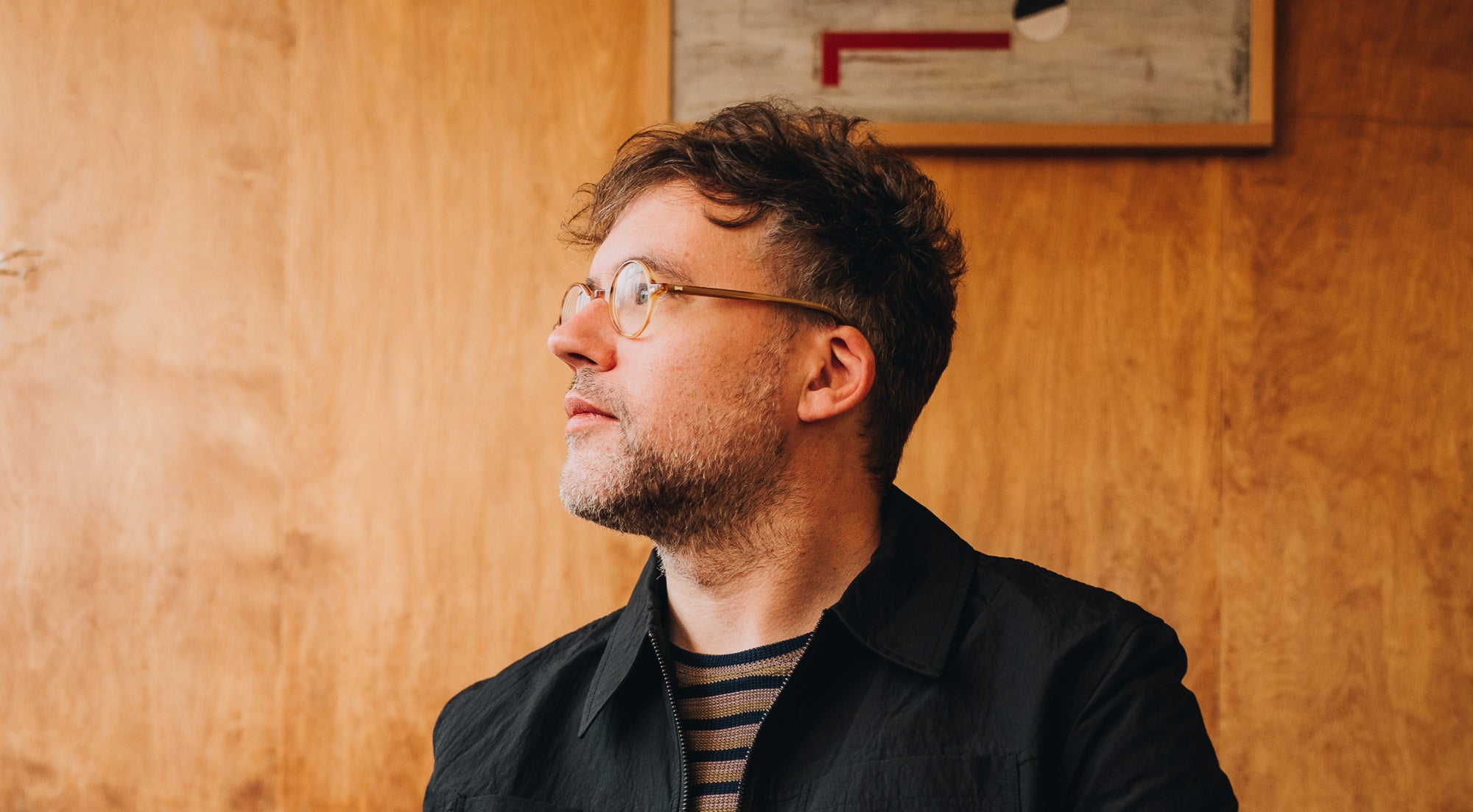
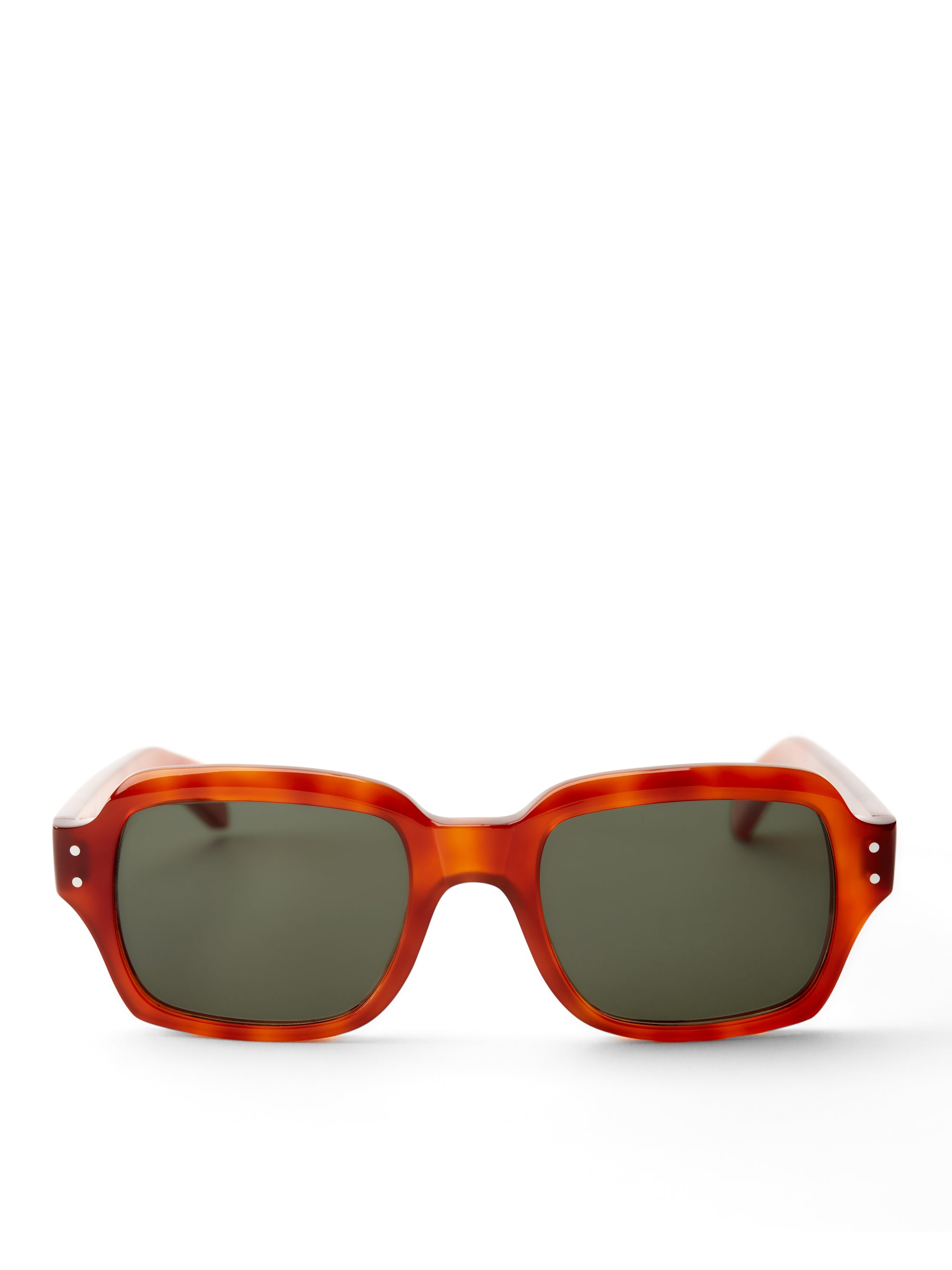
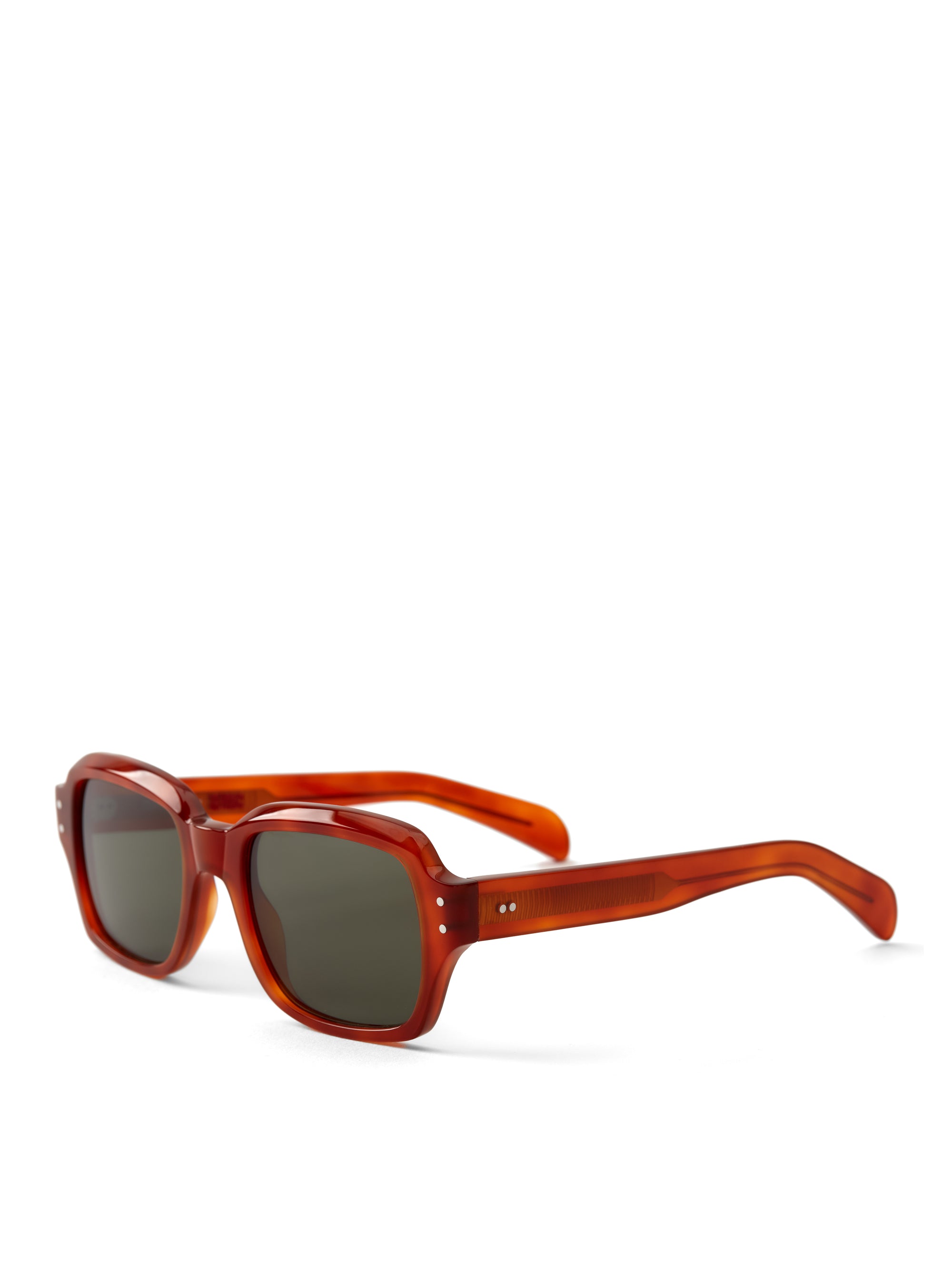
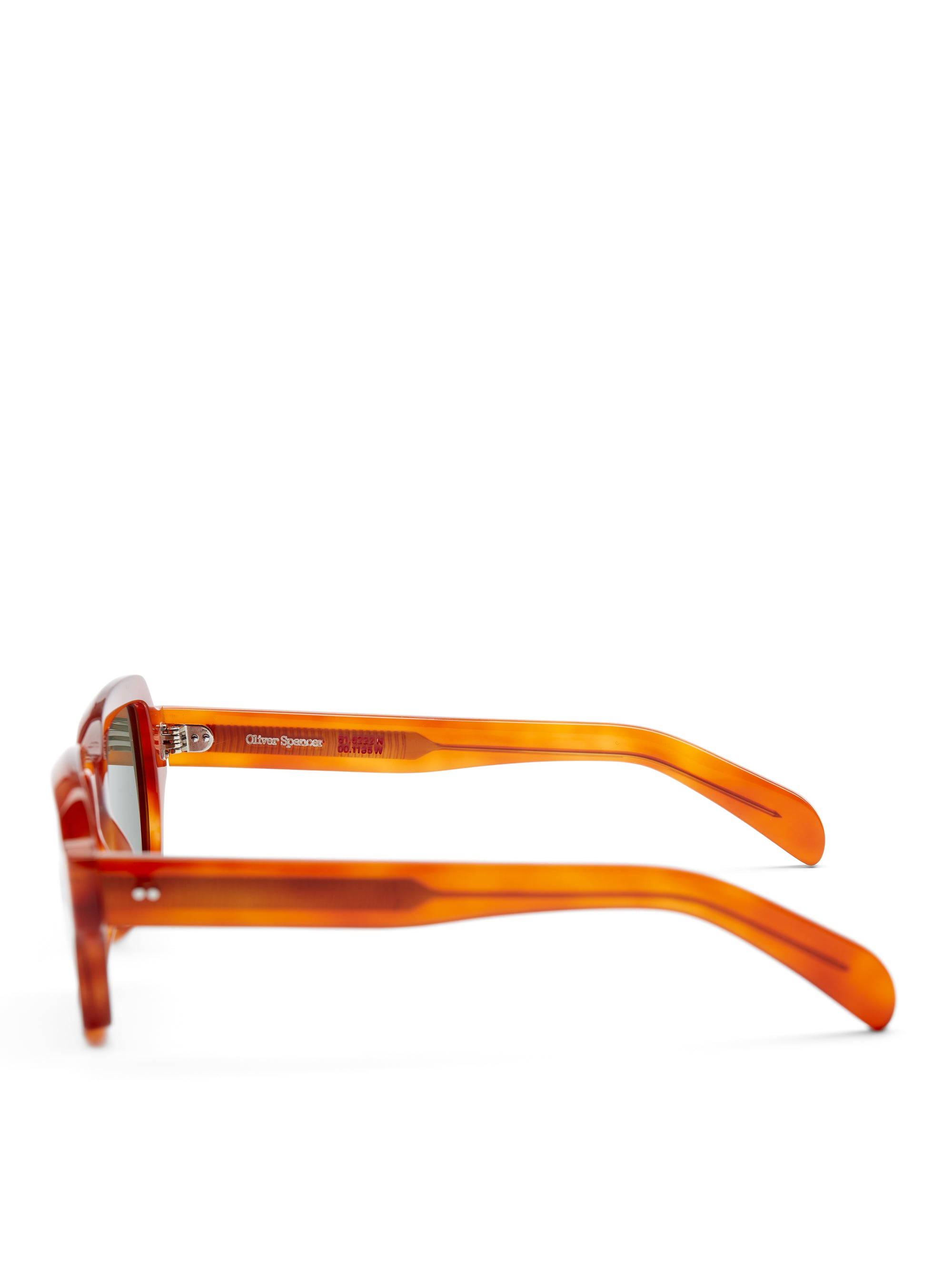
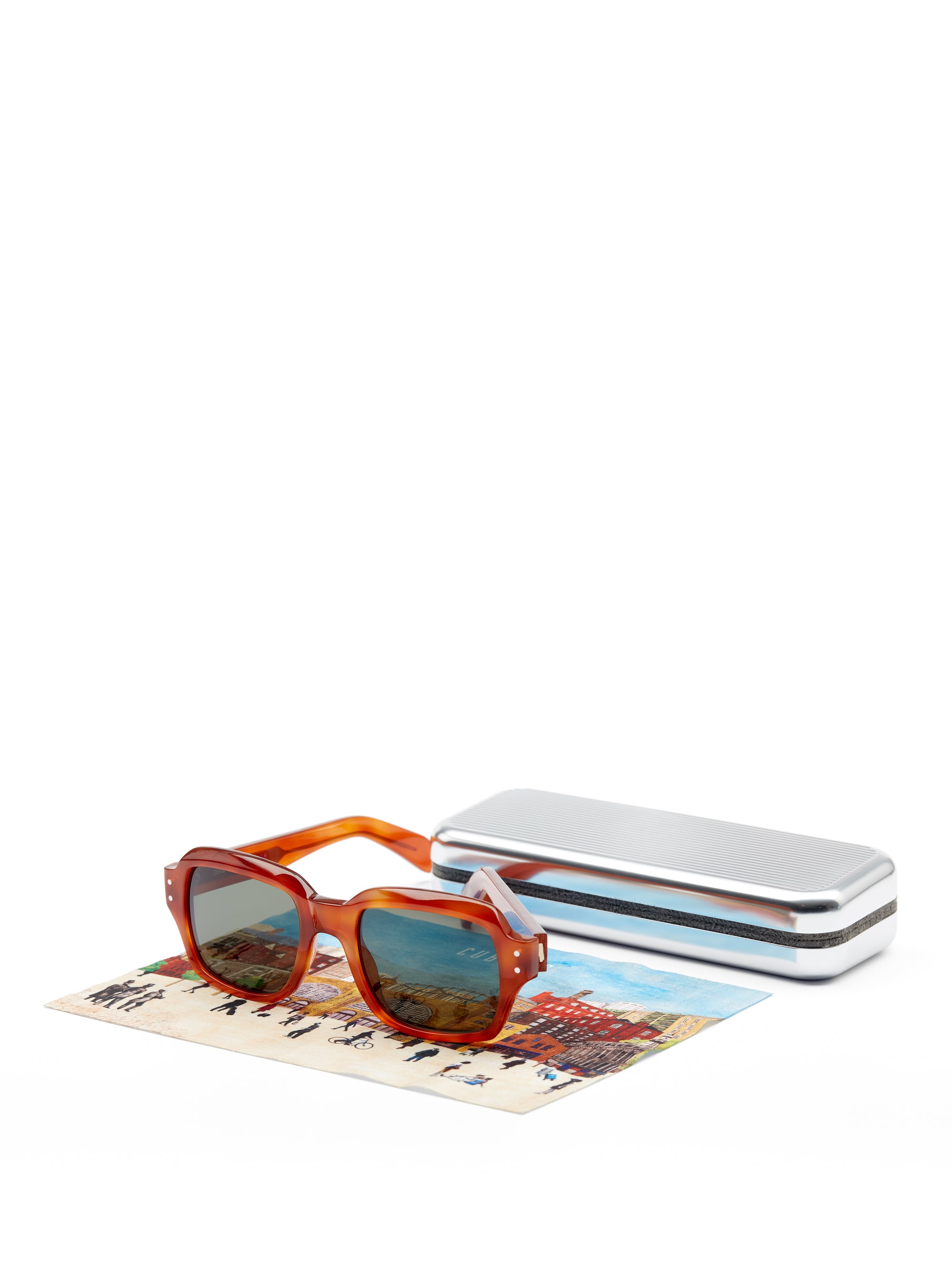
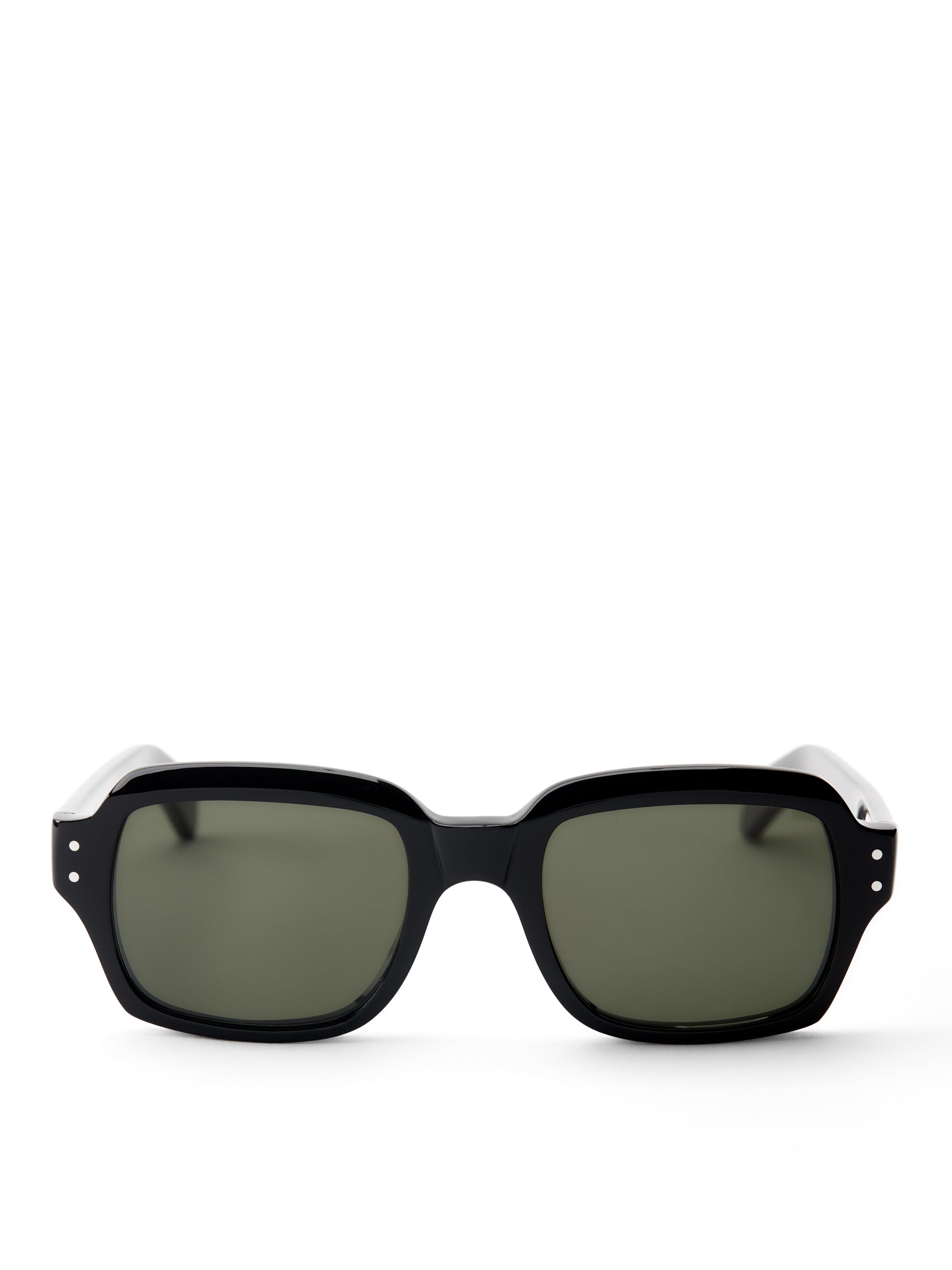
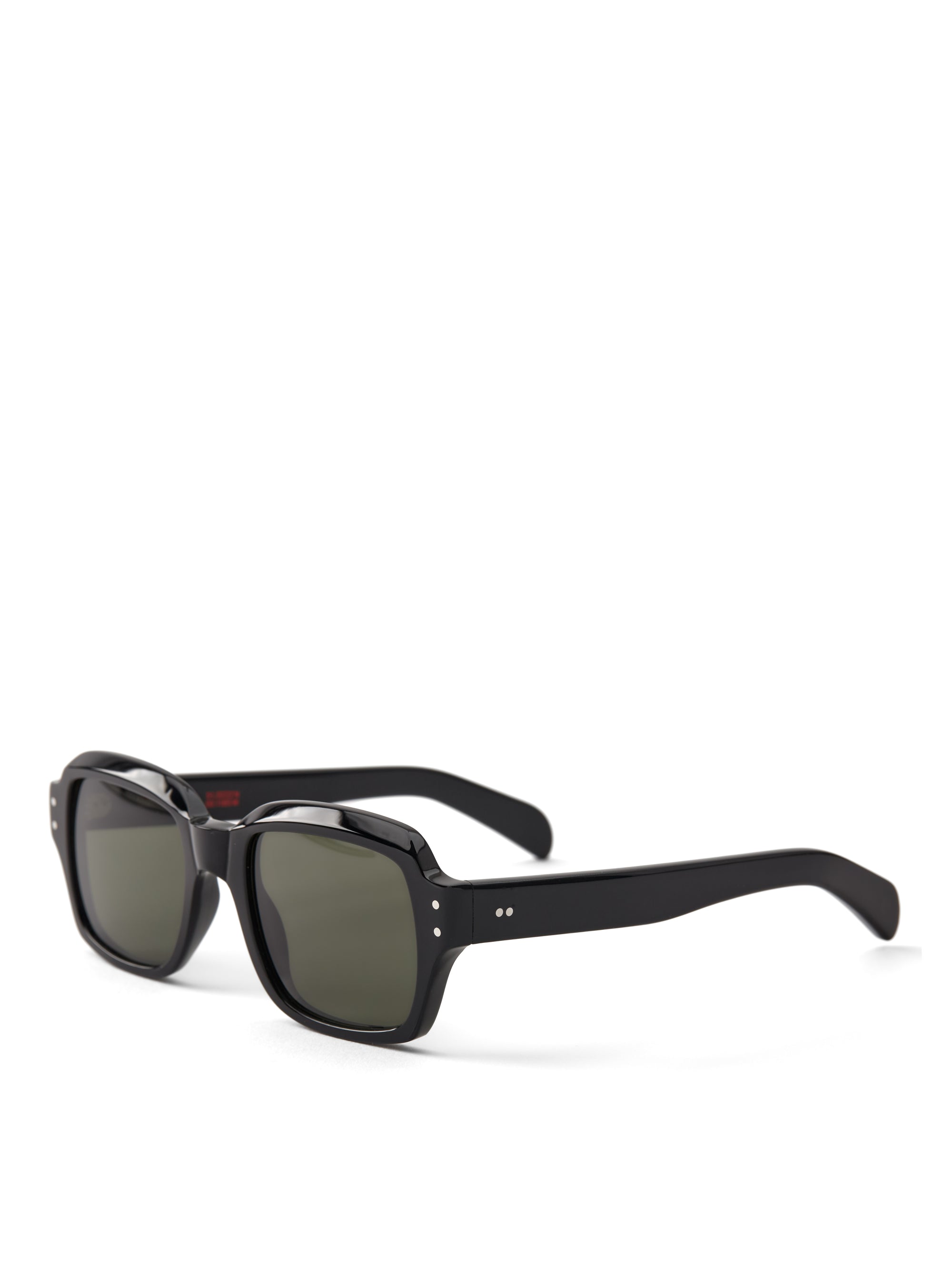
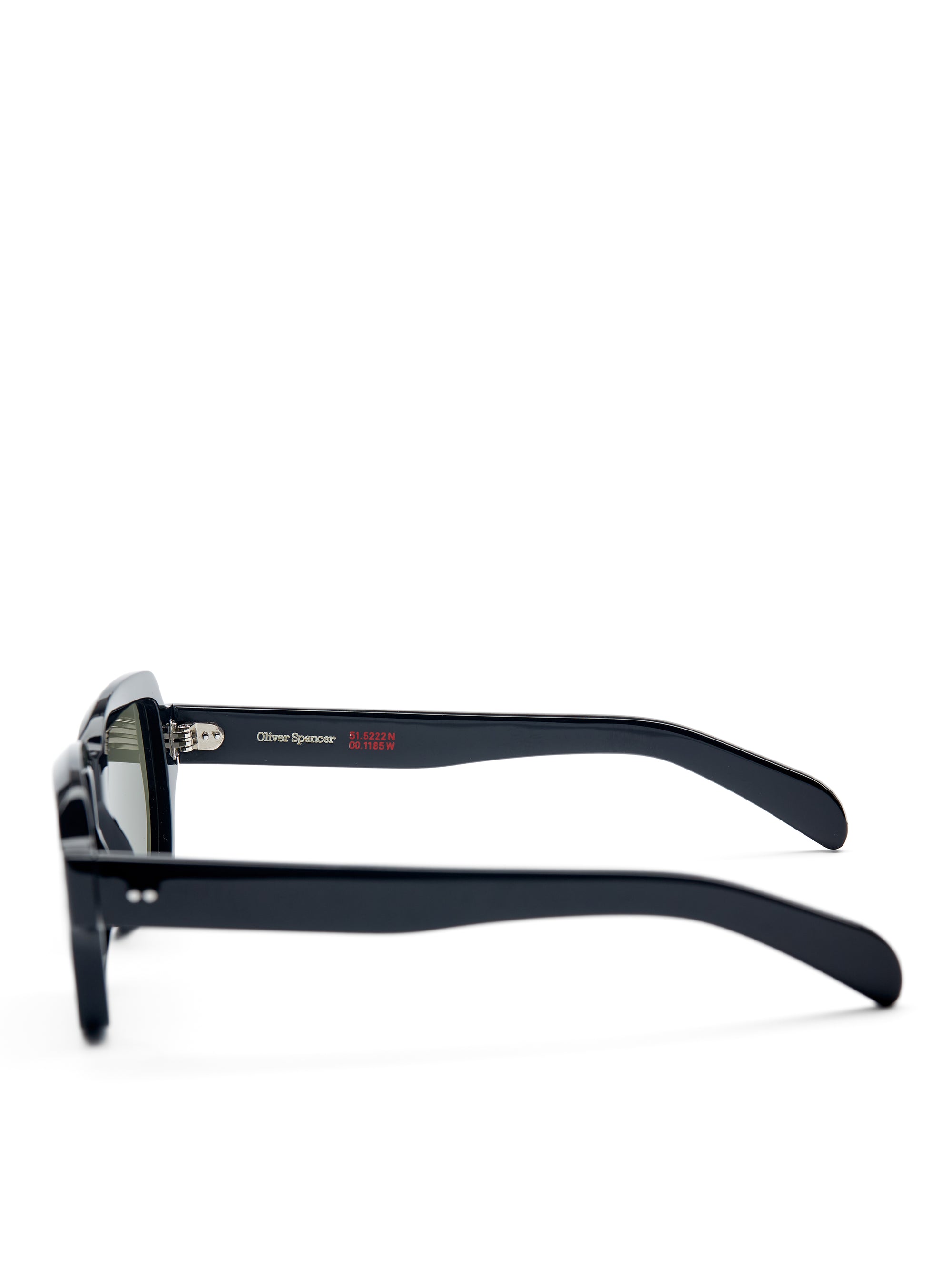
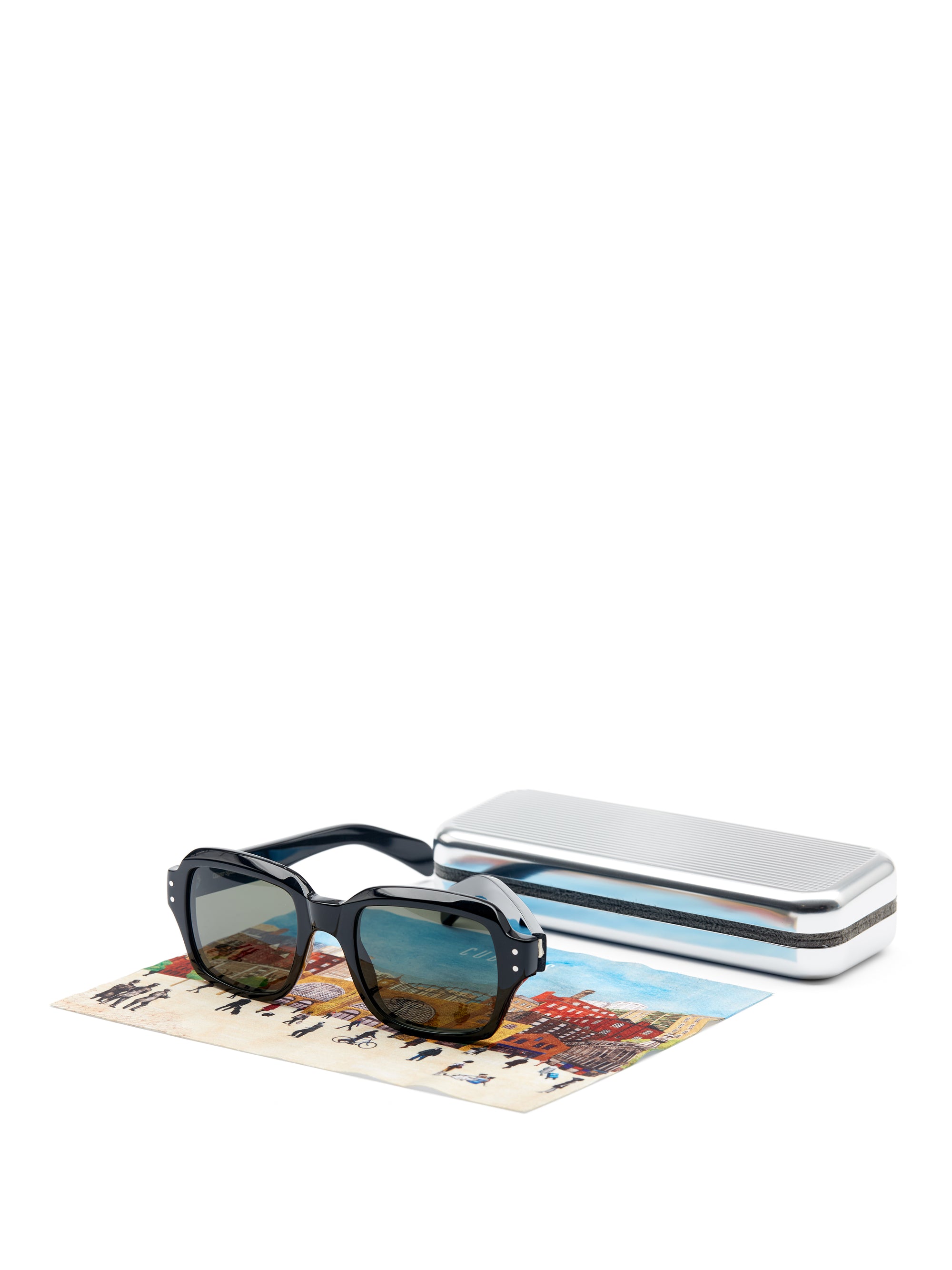
 We try and really celebrate the simplicity of the silhouette so we remove a lot of the typical external branding that you'll have in a pair of glasses. We really, really pare it back and just focus on really nice graphic shapes made in a beautiful way with the best materials that hopefully look really good on someone's face.
We try and really celebrate the simplicity of the silhouette so we remove a lot of the typical external branding that you'll have in a pair of glasses. We really, really pare it back and just focus on really nice graphic shapes made in a beautiful way with the best materials that hopefully look really good on someone's face.
 OS: If you could change the eyewear industry for the better overnight, what would you do?
OS: If you could change the eyewear industry for the better overnight, what would you do?
 OS: What work goes into a pair of Cubitts frames from start to finish?
OS: What work goes into a pair of Cubitts frames from start to finish? The finish is one of the most important things. What turns the frame from this three-dimensional object into something beautiful? It's getting the right polish, it's getting the right luster, it's getting the right angle between the front and the temple, and doing all of that in a way that brings consistency and uniformity to the final product, before you obviously turn it into either a pair of sunglasses or spectacles with the lenses. We're very, very particular about the lenses we use and only work with Zeiss and Carl Zeiss. Hopefully all of those different stages compound and end up creating a product that people are super proud to put on their faces.
The finish is one of the most important things. What turns the frame from this three-dimensional object into something beautiful? It's getting the right polish, it's getting the right luster, it's getting the right angle between the front and the temple, and doing all of that in a way that brings consistency and uniformity to the final product, before you obviously turn it into either a pair of sunglasses or spectacles with the lenses. We're very, very particular about the lenses we use and only work with Zeiss and Carl Zeiss. Hopefully all of those different stages compound and end up creating a product that people are super proud to put on their faces.